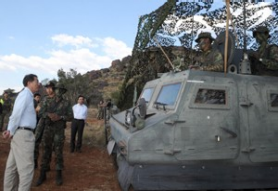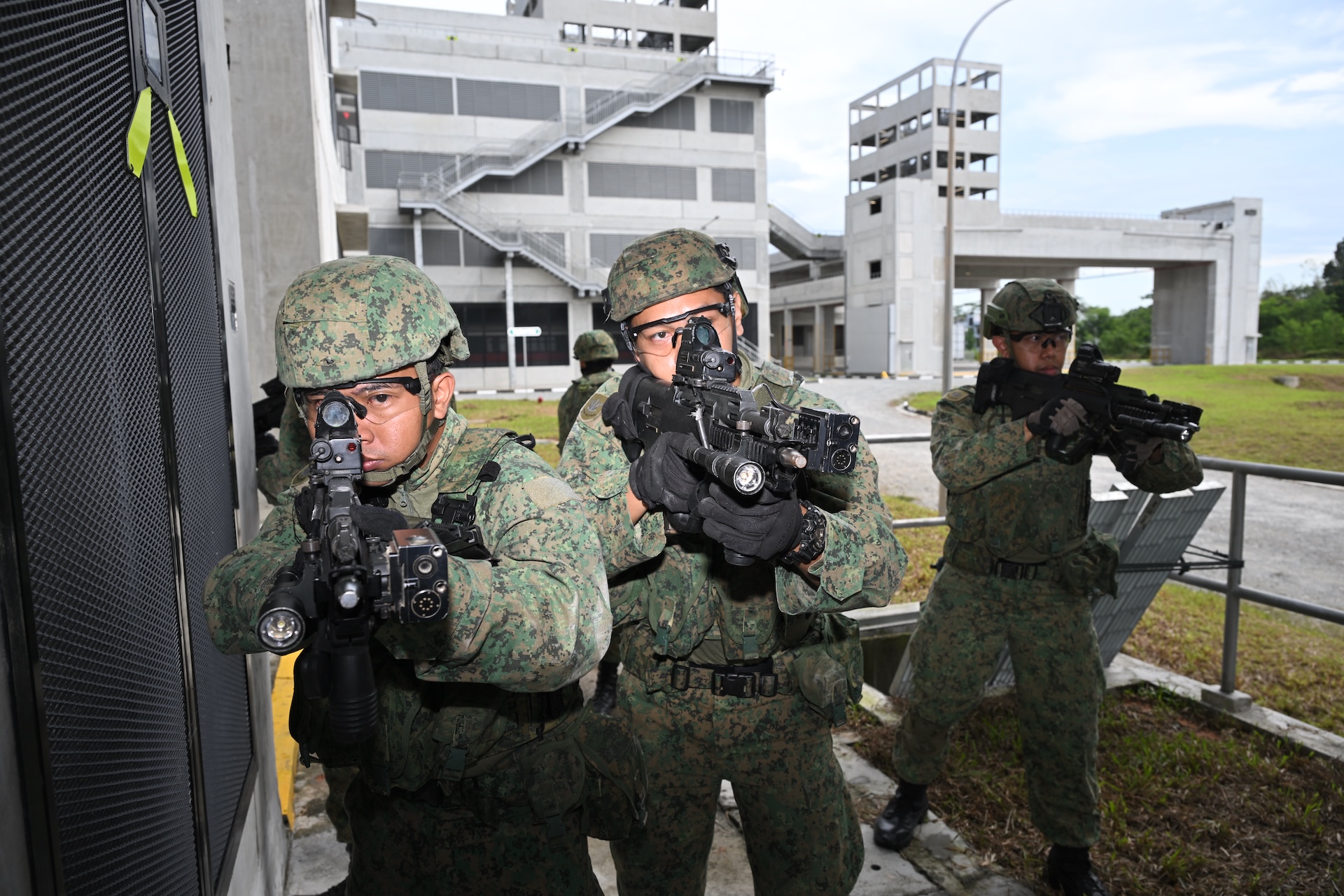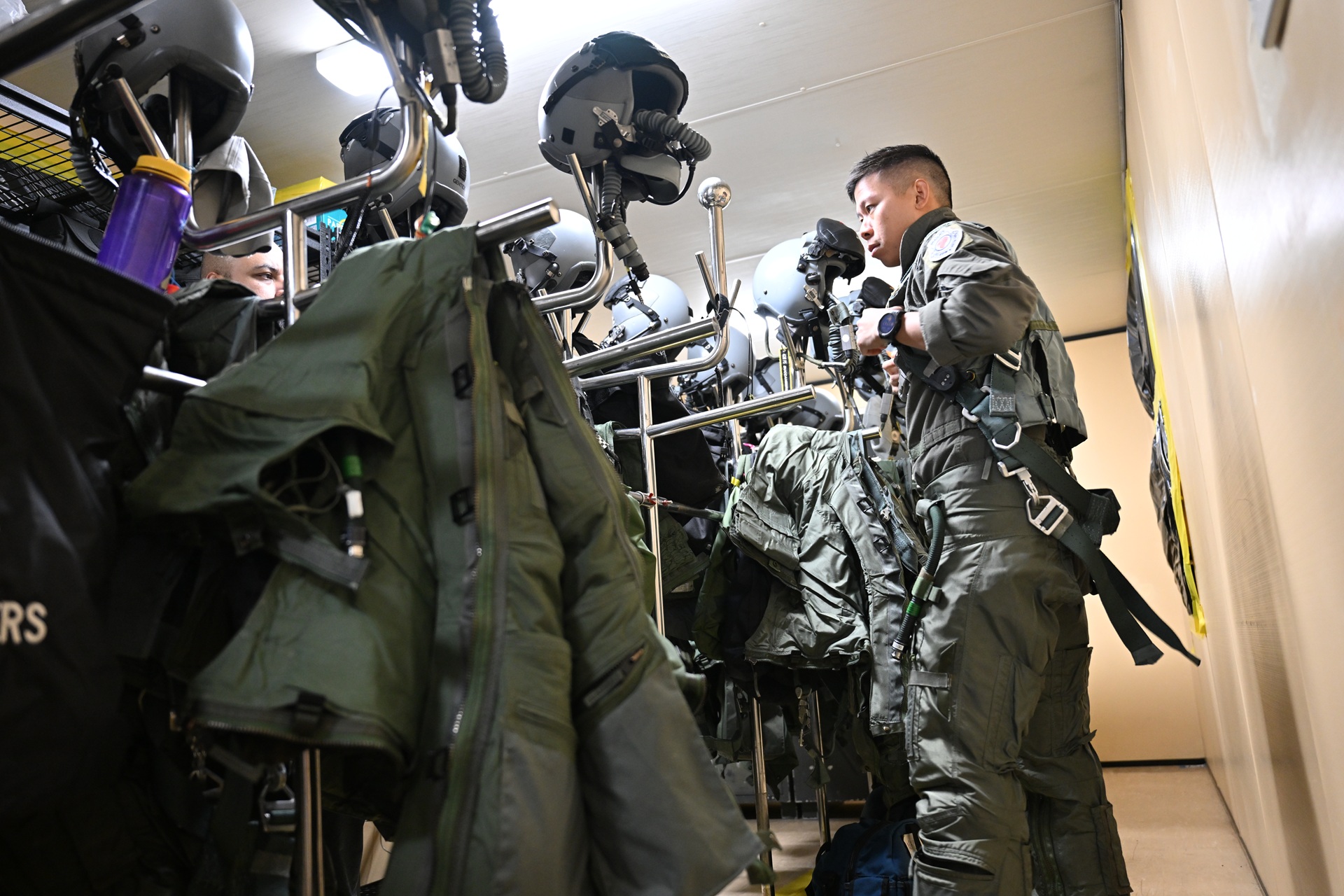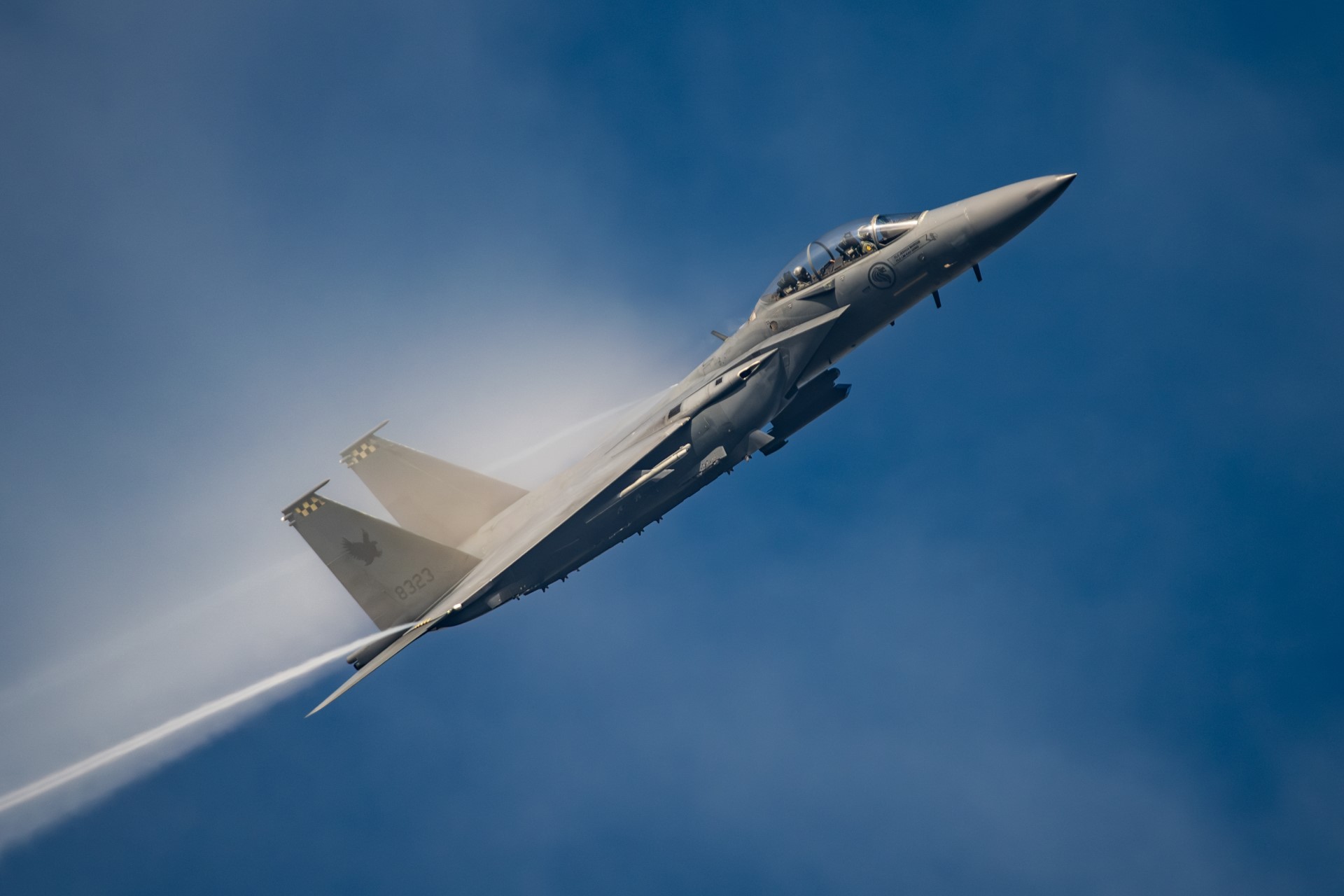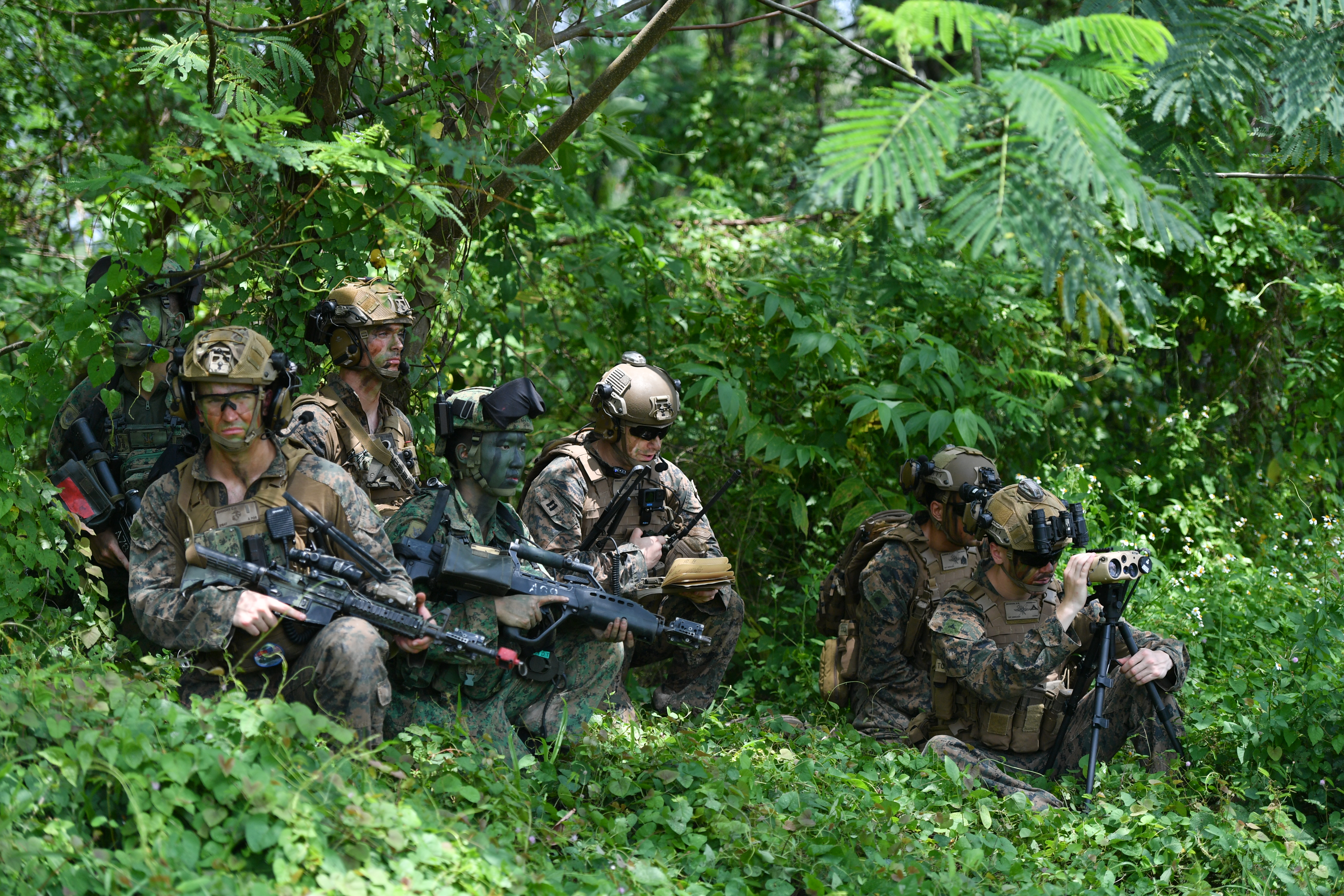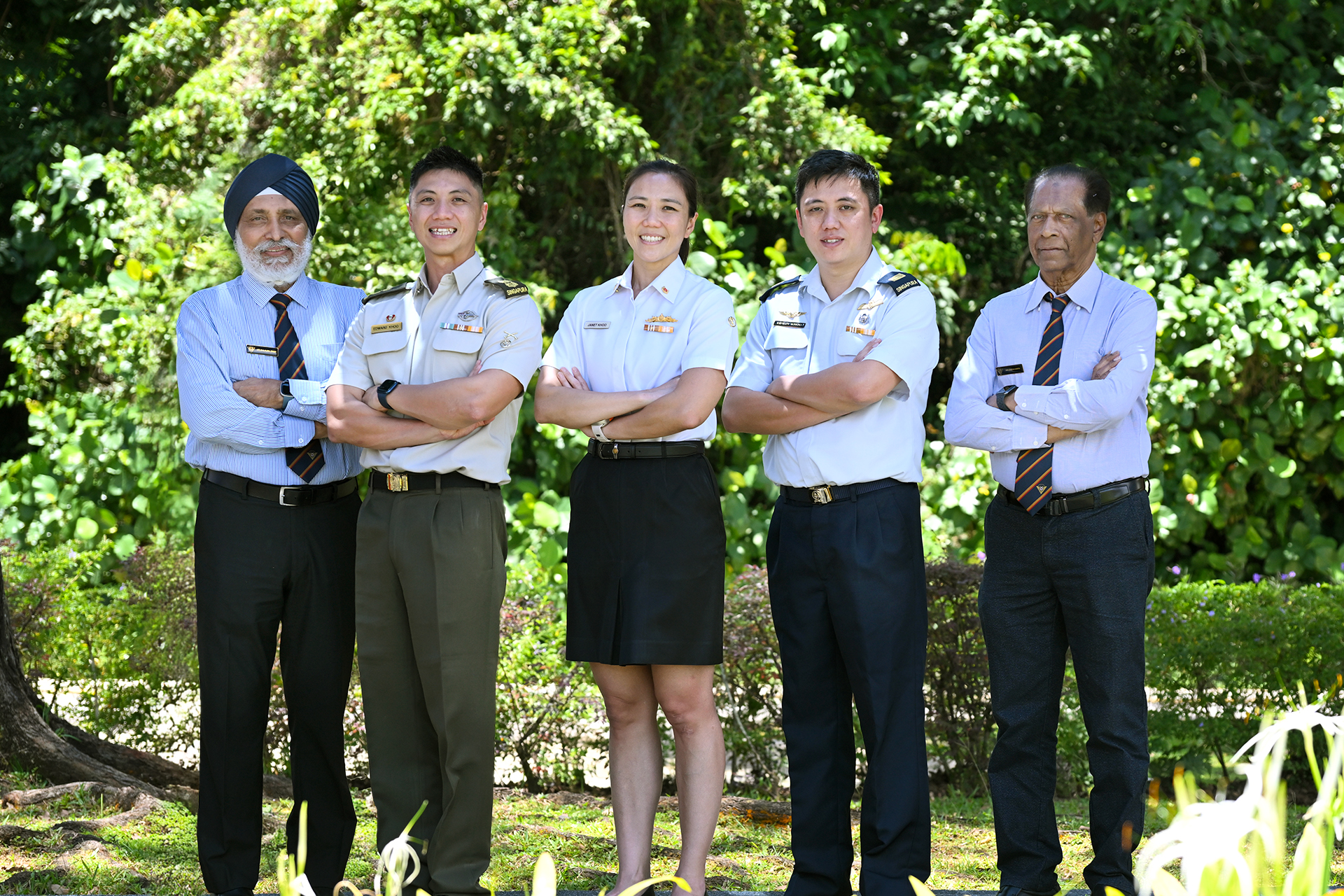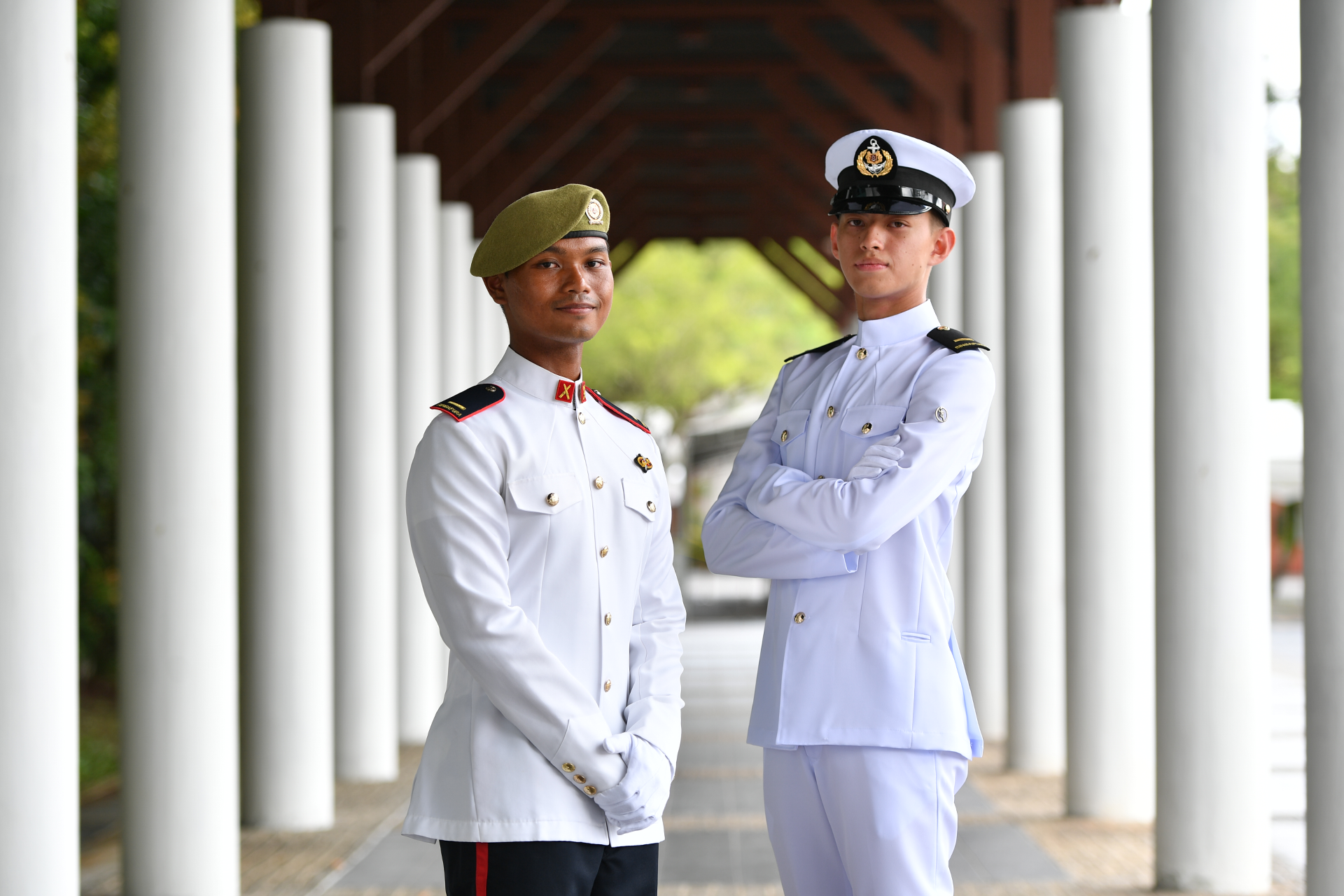QUICK, SHARP AND DEADLY
PHOTO // Chua Soon Lye
The third-generation Singapore Armed Forces (SAF) has comprehensive awareness of the battleground and can deliver precision strikes on multiple targets.
In an increasingly complex battlefield landscape, laced with unconventional threats, these capabilities are vital to a division's mission success.
Minister for Defence Teo Chee Hean said this after witnessing an integrated live-firing as part of Exercise Lightning Warrior in Lohatla, South Africa.
The campaign showed how a variety of sensors and shooters can be tightly networked in order to hunt and destroy static as well as fleeting targets swiftly and precisely.
Standing at the heart of this sensor-shooter web is the Division Strike Centre (DSC), which employs these assets in planning, coordinating and executing missions.
Such strike capabilities, said Mr Teo, allow the division "to see first and to strike first" and "to influence the battle well into the depth".
Not only does the DSC get real-time information on hostile targets from weapon-locating radars and unmanned aerial vehicles, it also receives data from six-man Strike Observers Mission (STORM) teams.
These mobile groups, each mounted on a BRONCO All-Terrain Tracked Carrier, observe the activities of opposing forces at the front-line and call for fire support when needed.
"The STORM team is an air-land integrating agent. It fuses the intelligence picture that it gets from its on-board sensors as well as external sensors," said Major Dinesh Vasu Dash, commanding officer of the 21st Battalion, Singapore Artillery.
"With that, it cues the necessary shooters to engage a particular target that we're planning to engage."
The DSC can thus help the division headquarters monitor targets and choose the weapon systems that can best eliminate them, taking them out in the shortest time possible.
Such platforms include the F-16 fighter jets, Singapore Self-Propelled Howitzers and AH-64D Apache Longbow helicopters.
The Apache, said 120 Squadron's commanding officer Lieutenant-Colonel Ng Wei-Jin, has "a robust information system" that allows it to share data with other platforms and hence serve as a sensor on top of its attack capabilities.
Over 500 personnel from the Air Force and Army are taking part in the exercise, which ends on 27 May.
